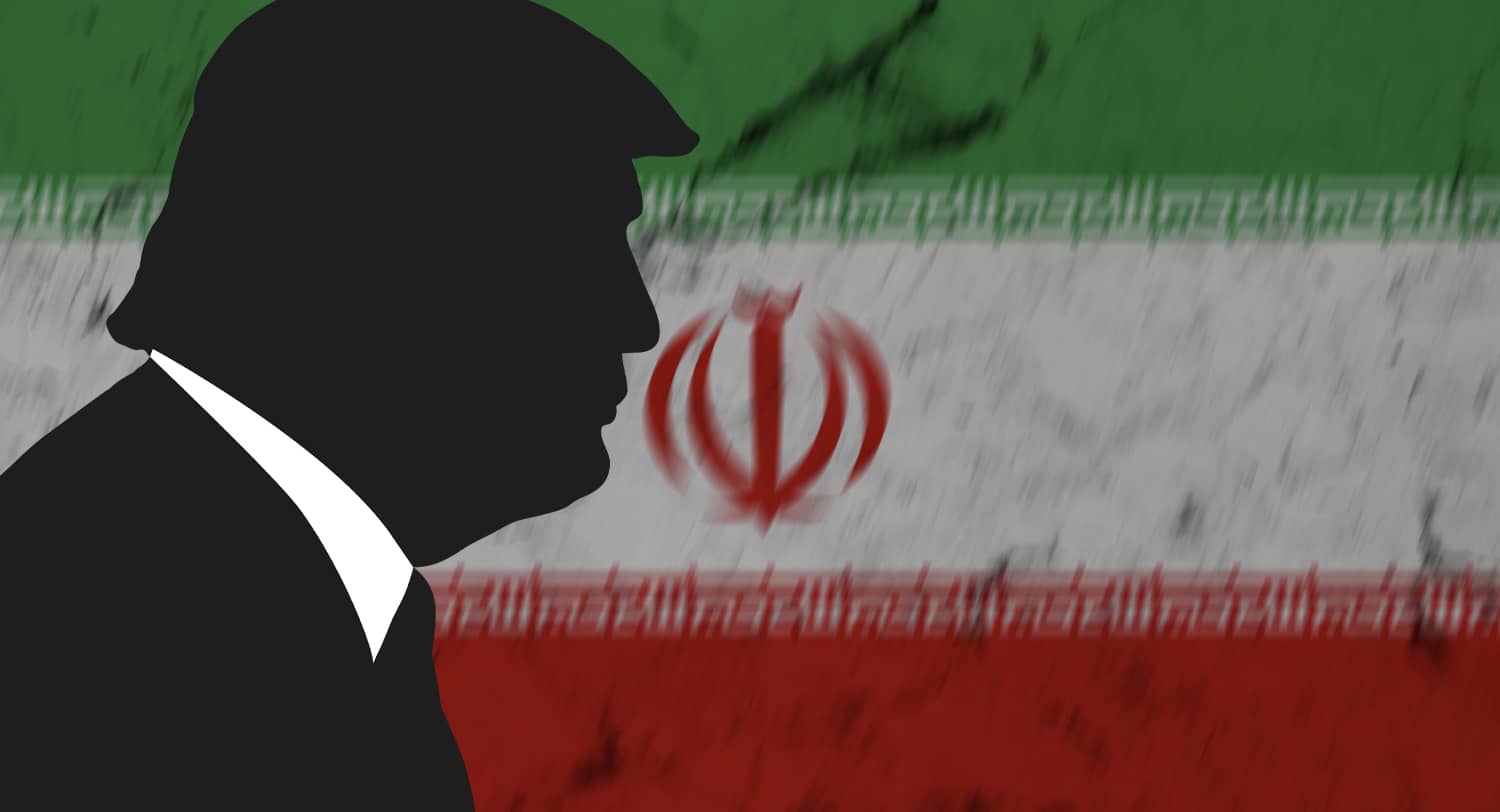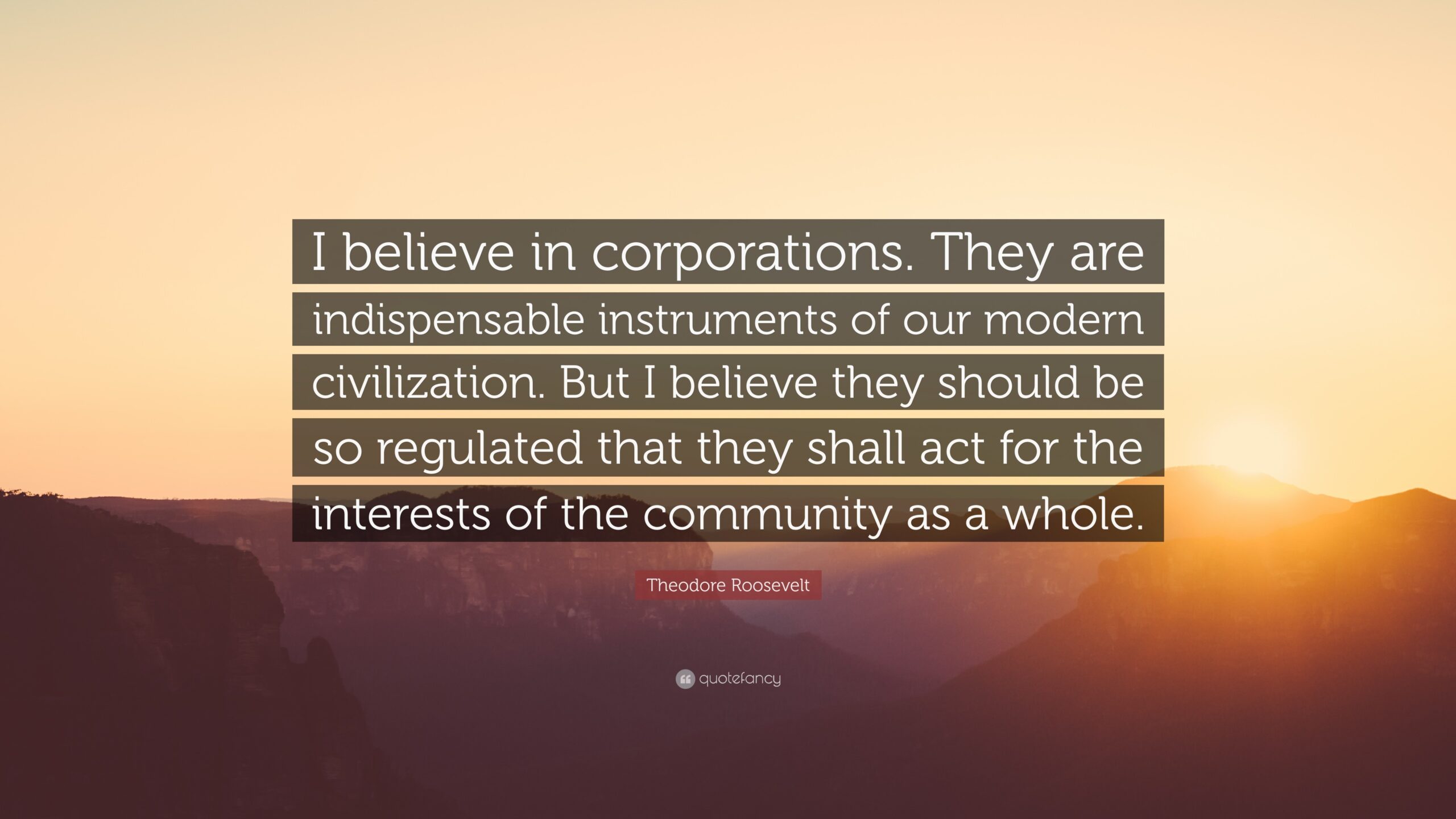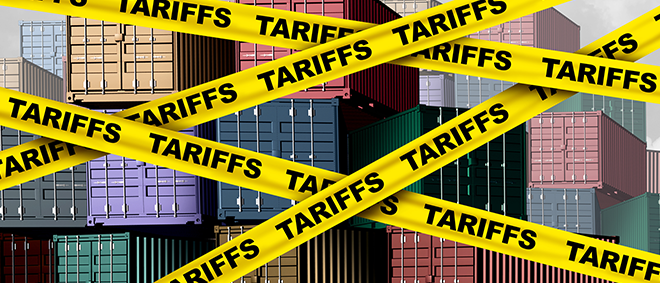“If Trump didn’t destroy Fordow, and he didn’t eliminate their enriched uranium, and he scuttled a diplomatic agreement, and he pushed Russia and Iran closer to each other, and he put all our troops in the region at risk, then what was the point exactly?”
— Sen. Chris Murphy (D-CT)
There are moments when a single quote peels back the performative rot of American foreign policy and leaves the bone exposed. Senator Chris Murphy’s indictment of Trump’s Iran policy isn’t just accurate—it’s a flashing red light on a dashboard we’ve been ignoring for decades. This wasn’t strategy. It was narrative cosplay with real-world casualties.
Let’s rewind. Iran has always been a geopolitical Rorschach test in American politics: to some, it’s a theocratic boogeyman; to others, a regime to engage cautiously and strategically. But to Trump and his cohort—John Bolton, Mike Pompeo, and various Fox News generals—it became a stage for replaying a Reagan-era fever dream of American dominance in the Middle East. No nuance. No plan. Just pressure and posturing.
The Broken Deal
The Joint Comprehensive Plan of Action (JCPOA) wasn’t perfect, but it was effective. It froze Iran’s nuclear program, dramatically reduced uranium enrichment, and introduced unprecedented international inspections. In short: it bought time. More importantly, it proved that multilateral diplomacy—yes, the boring, adult kind—could work, even with adversaries.
Trump scrapped it anyway.
Not because Iran had violated its terms (it hadn’t), and not because there was a superior alternative (there wasn’t), but because it had Obama’s name on it. The withdrawal wasn’t foreign policy; it was brand management. He blew up the car to spite the driver.
The Empty Maximum Pressure Campaign
The follow-up? The so-called “maximum pressure” campaign—a mix of economic sanctions, saber-rattling, and diplomatic isolation. Its goal was always murky: regime change? Total capitulation? Regional containment?
What it achieved was much clearer:
- Iran resumed uranium enrichment, and now has stockpiles far beyond JCPOA limits.
- It reactivated Fordow, an underground facility that had been shuttered.
- It forged closer military and economic ties with both Russia and China, solidifying a new authoritarian triangle.
- And it put U.S. troops and allies across the region in harm’s way, culminating in retaliatory strikes after the killing of Qassem Soleimani that brought us to the brink of war.
In other words, it was all cost, no outcome. Unless you count think tank panels applauding “resolve” and defense contractors tallying quarterly wins.
Historical Amnesia Is a Policy Choice
We love to act like Iran emerged fully formed in 1979, a villain bursting from the head of the Ayatollah. But that selective memory erases decades of prior U.S. meddling—most notably the CIA-backed coup in 1953 that overthrew Iran’s elected Prime Minister, Mohammad Mossadegh. Why? Because he tried to nationalize Iranian oil.
That coup planted the seeds of anti-Americanism and helped empower the Shah, whose brutal regime eventually collapsed in the Islamic Revolution. So when we demand that Iran “behave like a normal country,” maybe we should acknowledge what our definition of “normal” has looked like in that region. Spoiler: it often involves torture, proxy wars, and fossil fuels.
The irony is that Iran’s post-JCPOA behavior—until Trump’s withdrawal—was among the most verifiably compliant in the region. Meanwhile, our “allies” in Saudi Arabia were busy bombing Yemen into famine and dismembering journalists in embassies. But foreign policy under Trump wasn’t about consistency. It was about spectacle—alliances be damned, consequences be ignored, and history bulldozed in favor of a good headline.
So What Was the Point?
That’s the question Murphy is really asking. What did we get out of it? Was the goal simply to erase Obama’s legacy? To please Netanyahu? To feed the military-industrial complex a few more billion in weapons sales?
Because from where I’m sitting, we didn’t weaken Iran. We made it more dangerous, more defiant, and more aligned with our global rivals. We didn’t isolate it—we isolated ourselves. And we burned diplomatic capital that may take a generation to rebuild.
There’s a lesson here, if we’re willing to see it: American power isn’t just what we can destroy. It’s what we can build—and who we can bring along in the process. And when we treat diplomacy like a partisan game, the people who pay the price aren’t the pundits or the politicians. It’s the civilians in Tehran, Tel Aviv, and Tampa. It’s the soldiers on deployment and the families that wait for them.
Trump doesn’t have a foreign policy. He has a revenge tour.
And if we ever want a better future—one that isn’t dictated by authoritarian alliances, endless proxy wars, or oil-fueled blowback—we’d better start demanding more from our leaders than empty slogans and broken deals.
Because if the point wasn’t peace, security, or progress…
Then what the hell was it?




